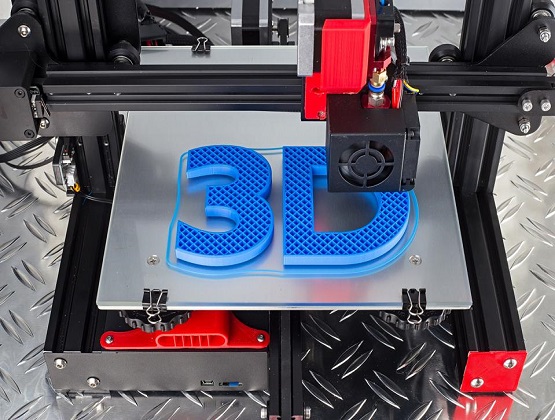Inside Force-on-Force: Airsoft vs. Real Firearms

orce-on-force training is a simulated combat exercise where participants engage in realistic, dynamic scenarios using non-lethal weapons. It enhances tactical decision-making, stress response, and muscle memory under combat conditions. While recreational tools like airsoft and paintball have long served the civilian market, military and law enforcement agencies have adopted increasingly advanced systems to replicate real-world engagements with greater accuracy and safety. Over the years, these training tools have evolved from simple recreational gear to high-fidelity, military-grade systems that closely mimic live-fire experiences. Advancements in manufacturing techniques, materials science, and precision engineering have driven this transformation. This article explores the key differences between airsoft and military-grade training firearms, focusing on how each is designed, engineered, and manufactured to meet the specific demands of its users.
Pressure Handling: Low vs. High-Stakes Design

Airsoft and paintball guns operate at relatively low pressures—typically under 150 psi for airsoft and up to 850 psi for paintball. These systems prioritize safety and accessibility for casual users.
In contrast, military-grade force-on-force training weapons simulate the physics of real firearms and may exceed 3,000 psi in operating pressure. This requires:
- Reinforced pressure chambers
- Advanced regulators
- Aerospace-grade materials to withstand extreme conditions
Where an airsoft gun may use plastic or low-grade aluminum, military systems require high-performance alloys and composite polymers engineered for extreme durability and safety under pressure.
Engineering Stress and Structural Demands
While airsoft guns can be built with off-the-shelf components and modest stress tolerances, military-grade systems must undergo rigorous structural analysis, including
- Cyclic load testing
- Fatigue resistance
- Finite Element Analysis (FEA) to simulate battlefield conditions
Military training equipment must handle thousands of high-pressure cycles without performance degradation—something recreational airsoft simply isn’t built for.
Internal Ballistics: Realistic Simulation vs. Simplified Function
Airsoft replicas are primarily about form over function, mimicking the external appearance of real guns with simplified internal mechanics. They rely on:
- Basic spring or gas propulsion
- Inconsistent recoil and trajectory
- Limited focus on realism beyond looks
Military-grade systems, on the other hand, focus on realistic internal ballistics, including:
- Sophisticated gas flow optimization
- Recoil simulation systems
- Chamber sealing and gas recycling for consistency
These systems aim to replicate live-fire experiences without the lethal consequences.
Materials: Plastic vs. Combat-Grade

Airsoft:
- High-impact plastics and zinc alloys
- Cost-effective and lightweight
- Limited temperature or impact resistance
Military-Grade Systems:
- 7075-T6 aluminum, stainless steel, and reinforced polymer composites
- Coated for wear, corrosion, and temperature resistance
- Drop-tested and built to survive rough handling in any climate
Airsoft gear may crack under stress or cold; military equipment is engineered to perform whether dropped on concrete or exposed to desert heat.
Manufacturing Techniques: Hobbyist vs. High-Precision
Airsoft Production:
- Mass-produced using low-cost injection molding
- Lower engineering tolerances
- Simplified assembly processes
Military Training Weapons:
- Built with multi-axis CNC machining
- Tolerances are often within ±0.001 inches
- Subject to strict quality control, including:
- Pressure testing
- Recoil validation
- Functionality checks under simulation
Production lines are often semi-automated or fully robotic, incorporating AI-driven inspection systems for precision and repeatability.
Quality Control: Regulatory vs. Recreational Standards
Airsoft manufacturers typically adhere to industry safety guidelines but lack the rigorous protocols demanded by military or law enforcement clients.
Military-grade manufacturers must meet:
- ISO 9001 quality systems
- DoD safety and functionality standards
- Extensive stress, pressure, and impact testing
Failure is not an option in training environments where muscle memory and decision-making are built under simulated threat conditions.
Conclusion: Engineering for Purpose
Airsoft and military-grade force-on-force weapons may look similar on the outside, but under the hood, they're worlds apart. While airsoft serves a valuable role in recreational and introductory training environments, military-grade systems are engineered from the ground up to deliver lifelike realism, extreme durability, and absolute safety.
Understanding these differences highlights the critical importance of engineering, materials science, and manufacturing excellence in preparing today's armed forces and law enforcement officers for real-world engagement.
Design Your Future With Us, Contact Us Today!





